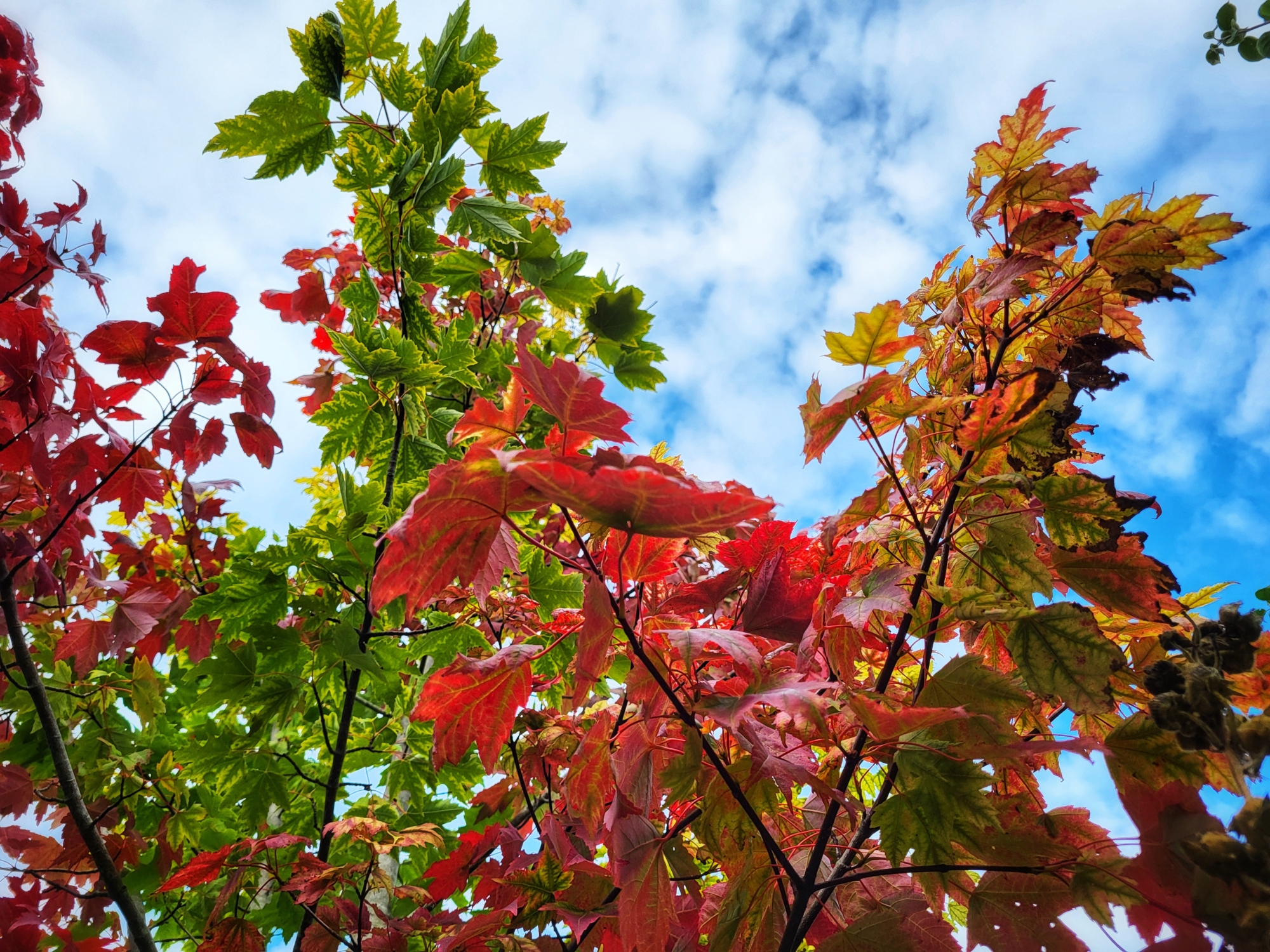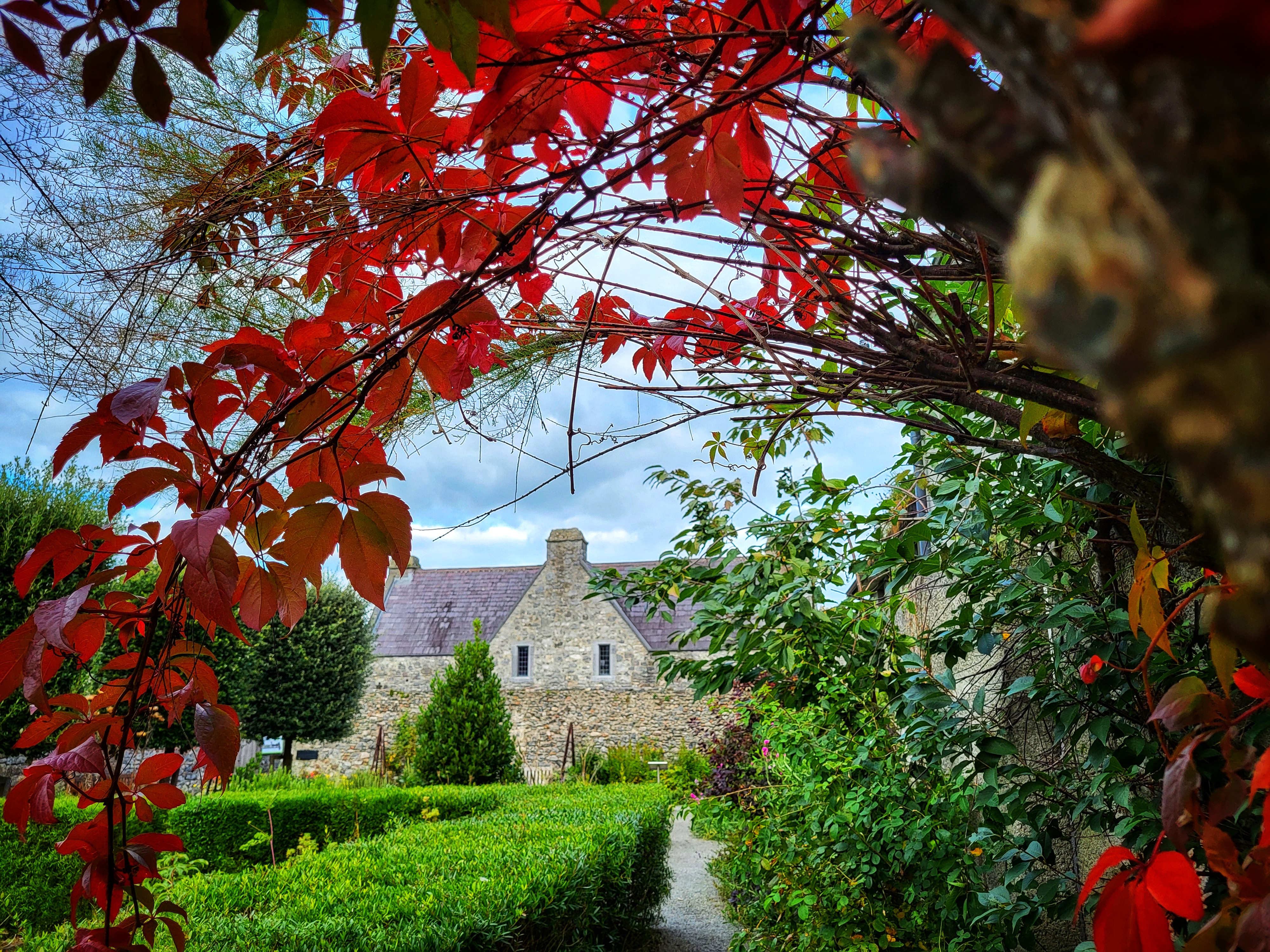With the arrival of October comes the crisp air and the crunchy leaves.
The growing season has almost come to an end, but there is still much to do in the garden!
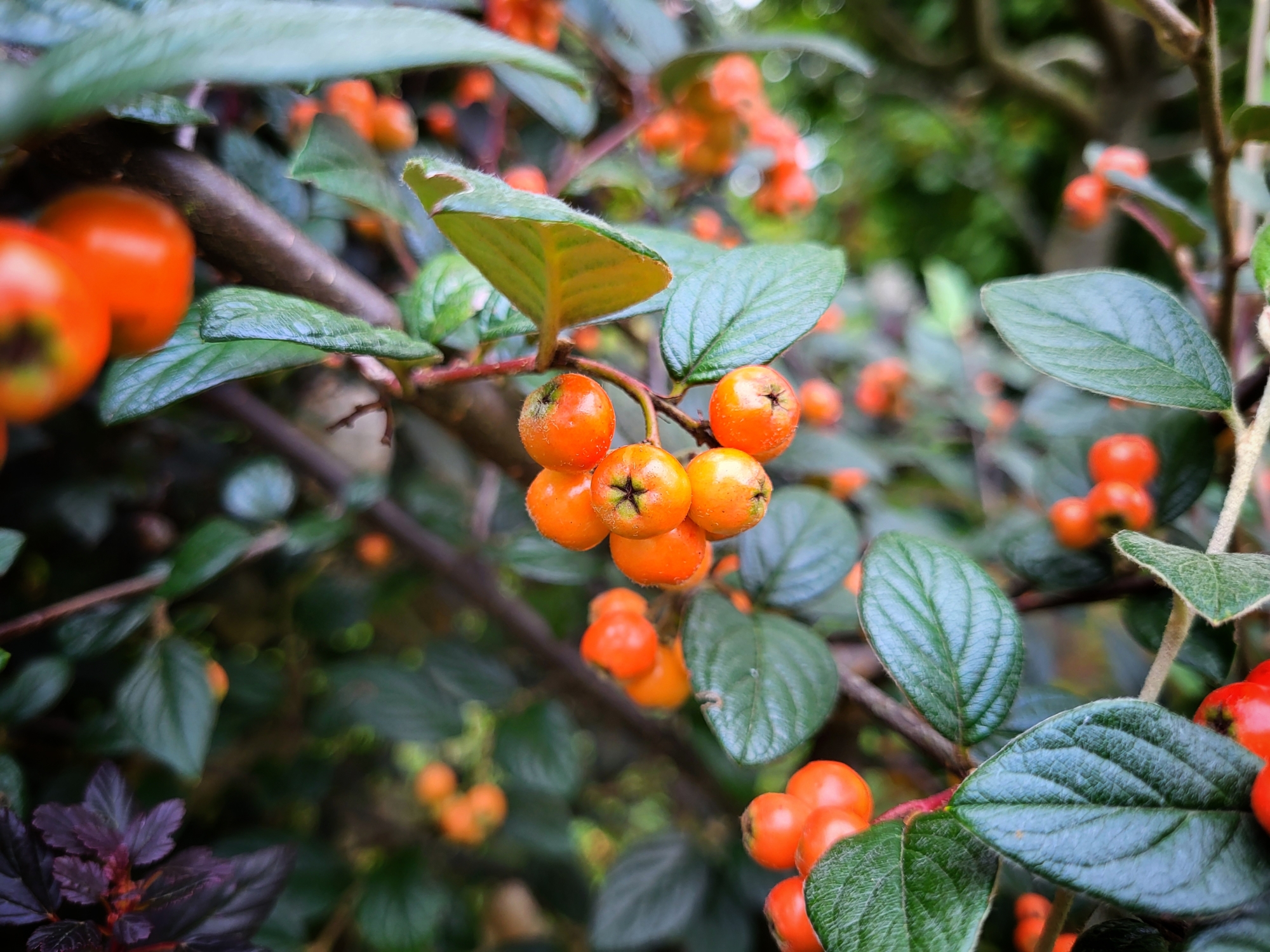
Fallen leaves can be gathered into black sacks. Poke some small holes in the bags and put them aside to allow the insect life to work their magic and create very useful leaf mould.
This leaf mould can then be used as a top dressing for herbaceous borders or under fruit trees as a mulch.
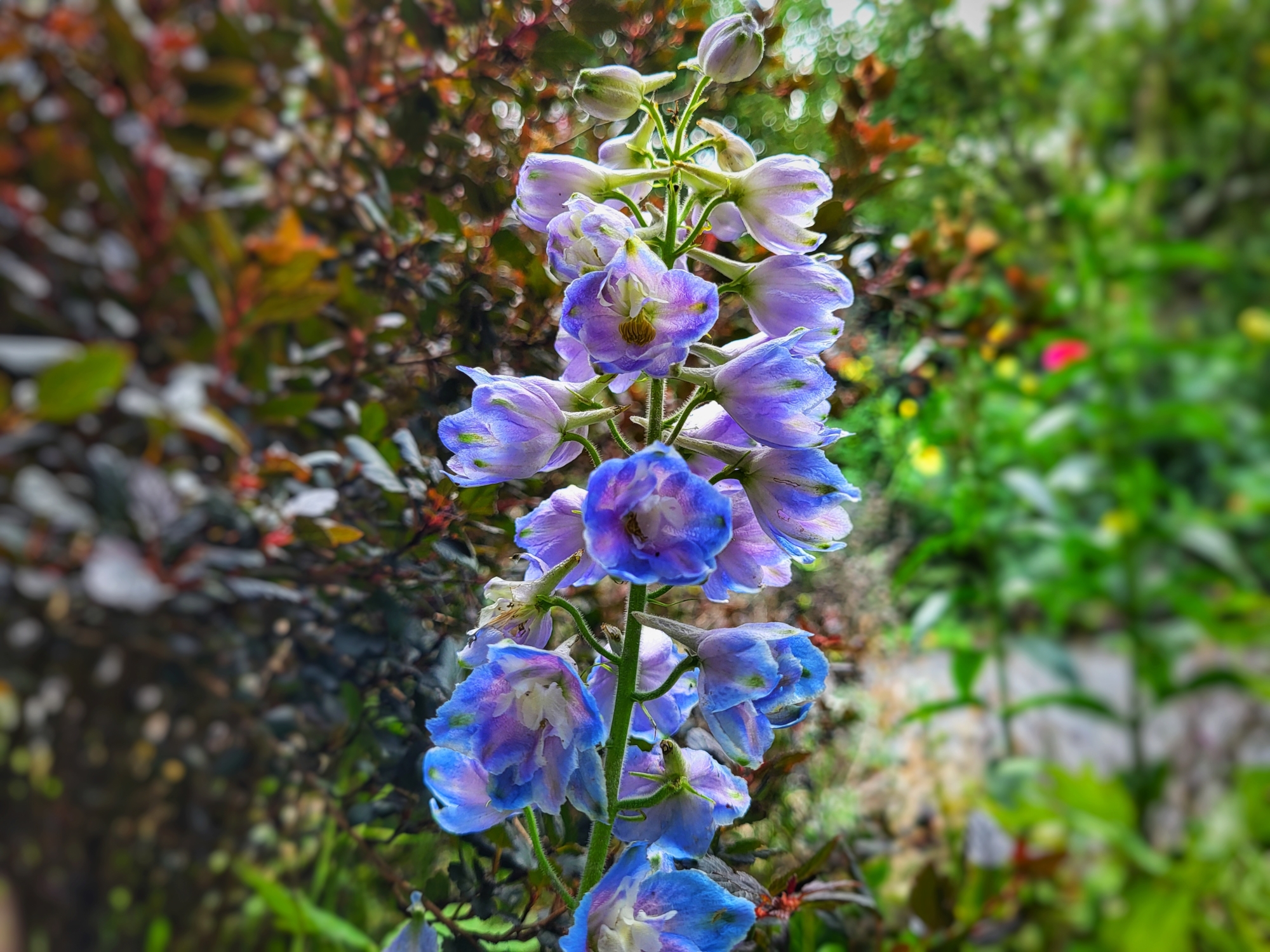
October is also the time to evaluate how things went over the season and take note of any changes that need to be made. Taking pictures of areas that need improvement can help in the planning process.
Cleaning up the borders whilst leaving some seed-heads, spent flower stalks, and leaves can benefit the wildlife in the garden and support them through the winter.
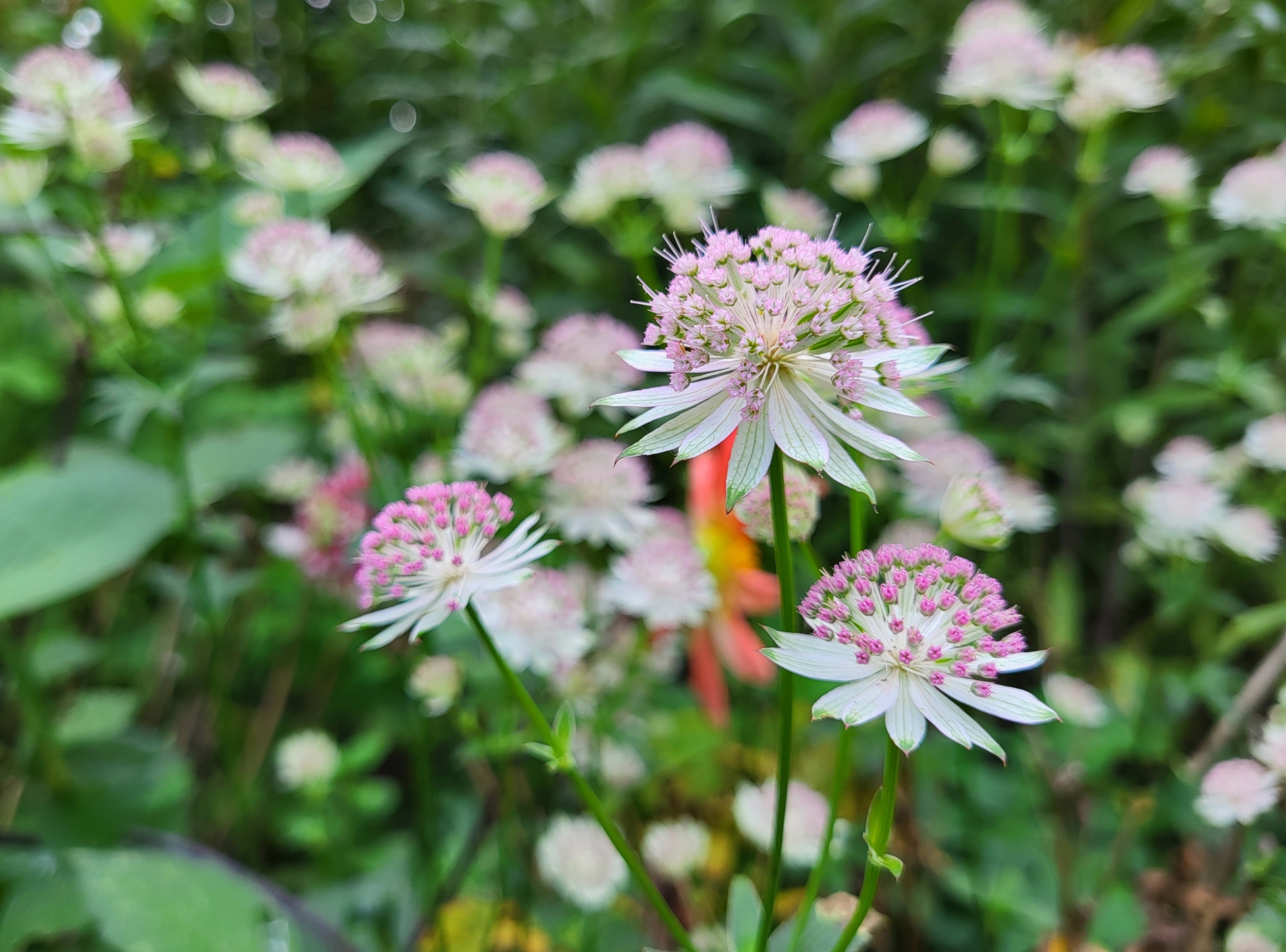
As plants become dormant, now is the time to divide perennials. Herbaceous borders can become congested and unproductive, so division is an important part of the gardening year.
This gives the plants more space and, by adding some mulch or soil enricher, you are preparing the garden well for next year.
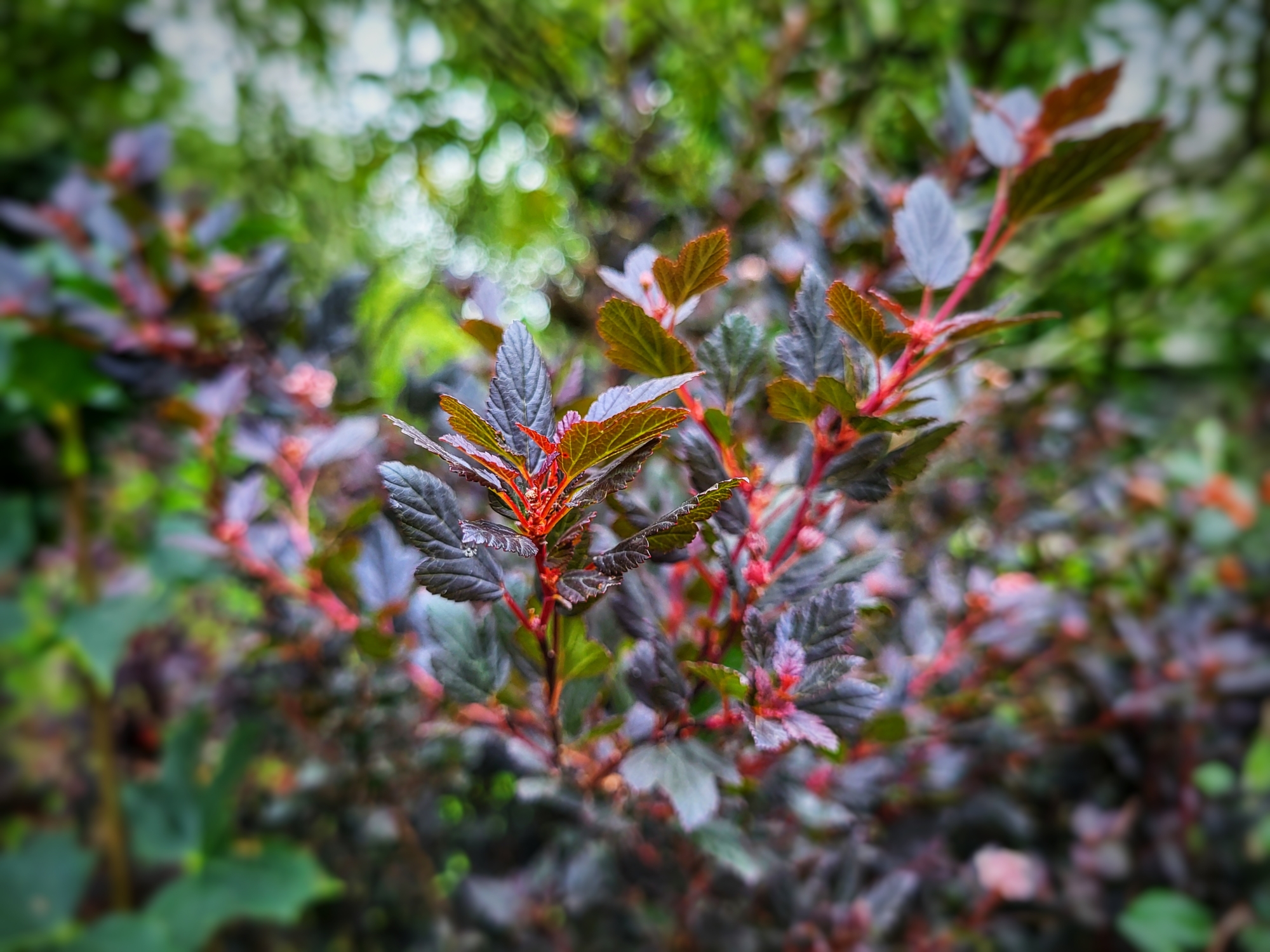
Plants that are looking good in our garden at Rothe House this month include:
- Cotoneaster
- Physocarpus
- Delphinium (now in their second flush)
- Astrantia (also in their second flush)
- Heliopsis
- Acer Rubrum
- White rose
- Virginia creeper
Things to do for October:
- Gather any fruit left on trees, such as quince or medlar
- Divide your plants
- Propagate your plants
- Continue dead-heading autumn-flowering plants to ensure they last
